Your cart is currently empty!
Mouse IL-4 ELISA Kit
Mouse Interleukin 4 (IL-4) ELISA KitFor the quantitative determination of mouse interleukin 4 (IL-4) concentrations in mouse serum, cell culture supernatant, and other biological fluids
Description
|
RACTIVITY |
Mouse |
|
SENSITIVITY |
<0.8 pg/mL |
|
ASSAY RANGE |
7.8-500 pg/mL |
|
REAGENTS PROVIDED |
MOUSE IL-4 MICROTITER PLATE |
INTENDED USE
This Mouse IL-4 ELISA kit is to be used for the in vitro quantitative determination of mouse interleukin 4 (IL-4) concentrations in serum, cell culture supernatant, and other biological fluids. This kit is intended for LABORATORY RESEARCH USE ONLY.
INTRODUCTION
IL-4 is a very important B cell stimulation and differentiation factor. In addition, IL-4 modulates the immune function of other cell types including T cells, monocytes, macrophages, mast cells, fibroblasts, endothelial cells, osteoblasts, keratinocytes, hepatocytes, and astrocytes. IL-4 is mainly produced by CD4+ TH0 and TH2 cells, CD8+ T cells, and mast cells. IL-4 is the polarizing cytokine for TH2 phenotype.
The gene for mouse IL-4 is mapped to chromosome 11 in close conjunction with genes for other T-helper 2 cytokines such as IL-13, GM-CSF, IL-5. Mouse IL-4 is a disulfide bond linked homodimer containing 113 amino acids in each subunit. The receptor for IL-4 is a heterodimer with a cytokine specific alpha unit, and a signal transduction beta subunit that is identical to the beta subunit of receptors for IL-13 and GM-CSF. IL-4 receptor alpha (IL-4Ra) is expressed by eosinophils, B cells and basophils in member-bound form and soluble form. While the membrane bound form participates in the activation of eosinophils and B cells, the soluble form of IL-4Ra has an antagonist effect to IL-4. Increased IL-4 expression causes chronic IgE response and hypereosinophilic syndromes. Elevated IL-4 level is found in allergic diseases such as allergic rhinitis, asthma and allergic conjunctivitis.
This ELISA kit provides a tool for studying IL-4 expression and regulation in animal model.
PRINCIPLE OF THE ASSAY
This mouse IL-4 enzyme-linked immunosorbent assay (ELISA) applies a technique called a quantitative sandwich immunoassay. The microtiter plate provided in this kit has been pre-coated with a monoclonal antibody specific for mouse IL-4. When standards or samples are added to the appropriate microtiter plate wells, mouse IL-4 in the standards or samples will be immobilized by the precoated antibody during incubation. Then, a biotin-conjugated antibody preparation specific for mouse IL-4 is added to each well and incubated. The biotin labelled antibody attaches to the wells by binding to mouse IL-4. After plate washing, other proteins, components and unattached biotin labelled antibody is removed. After that, avidin-horseradish peroxidase (HRP) conjugate is added to each well. Avidin has a very high affinity for biotin, thus, it links the tracer (HRP) sturdily to the biotin labelled antibody. The wells are thoroughly washed to remove all unbound avidin-HRPconjugate and aTMB(3,3’, 5,5′ tetramethyl-benzidine) substrate solution is added to each well. The enzyme (HRP) and substrate are allowed to react over a short incubation period. Only wells that contain mouse IL-4 will exhibit a change in colour. The extent of colour change is proportional to the quantity of mouse IL-4 present in the standards/samples. The enzyme-substrate reaction is terminated by the addition of a sulphuric acid solution and the colour change is measured spectrophotometrically at a wave length of 450 nm ± 2 nm.
In order to measure the concentration of mouse IL-4 in the samples, this kit contains two calibration diluents (Calibrator Diluent I for serum/plasma testing and Calibrator Diluent II for cell culture supernatant testing). According to the testing system, the provided standard is diluted (2-fold) with the appropriate Calibrator Diluent and assayed at the same time as the samples. This allows the operator to produce a standard curve of Optical Density (O.D.) versus IL-4 concentration (pg/mL). The concentration of mouse IL-4 in the samples is then determined by comparing the O.D. of the samples to the standard curve.
This mouse IL-4 ELISA is a 3.5-hour solid-phase immunoassay readily applicable to measure mouse IL-4 levels in serum, cell culture supernatant, and other biological fluids in the range of 7.8 to 500pg/mL.
CITATIONS
1. Liu W, Li J, Cheng M, Wang Q, Yeung KWK, Chu PK, Zhang X.Zinc-Modified Sulfonated Polyetheretherketone Surface with Immunomodulatory Function for Guiding Cell Fate and Bone Regeneration. Adv Sci (Weinh) 2018; 10(5):1800749.
2. Yang C, Wang W, Zhu K, Liu W, Luo Y, Yuan X, Wang J, Cheng T, Zhang X.Lithium chloride with immunomodulatory function for regulating titanium nanoparticle-stimulated inflammatory response and accelerating osteogenesis through suppression of MAPK signaling pathway. Int J Nanomedicine 2019; (14):7475-7488.
3. Yang C, Zhu K, Yuan X, Zhang X, Qian Y, Cheng T.Curcumin has immunomodulatory effects on RANKL-stimulated osteoclastogenesis in vitro and titanium nanoparticle-induced bone loss in vivo. J Cell Mol Med 2020; 2(24):1553-1567.
4. Chen L, Wang D, Qiu J, Zhang X, Liu X, Qiao Y, Liu X.Synergistic effects of immunoregulation and osteoinduction of ds-block elements on titanium surface. Bioact Mater. 2020; 14(1):191-207.


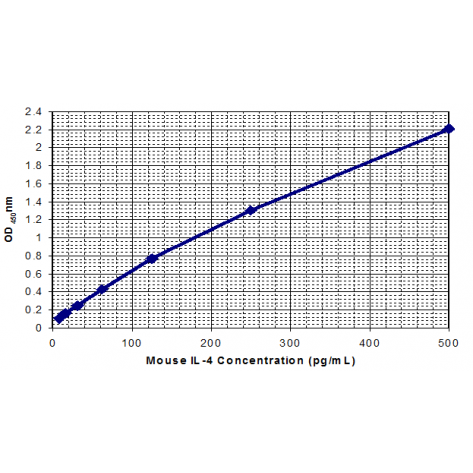
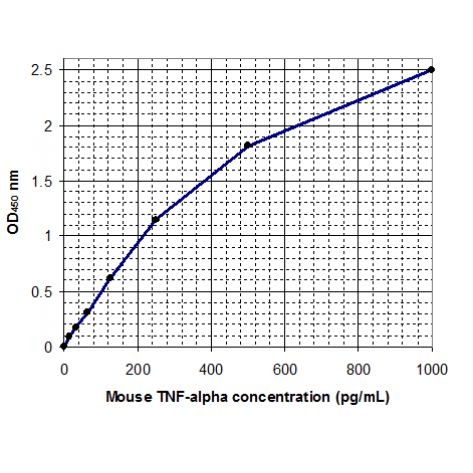
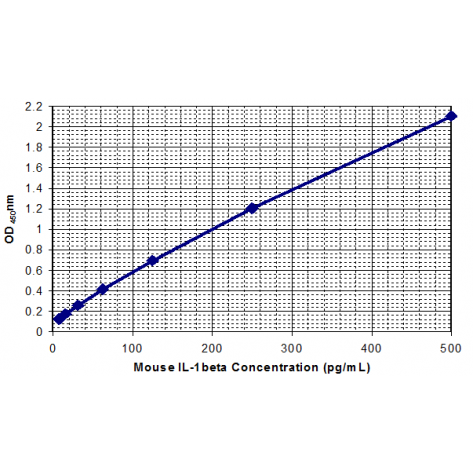
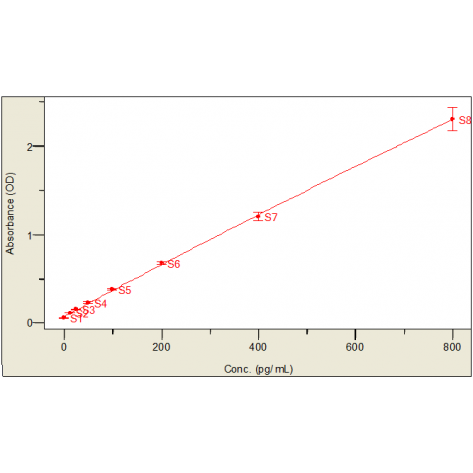
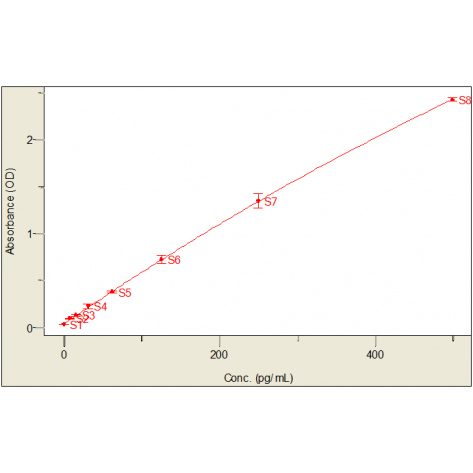
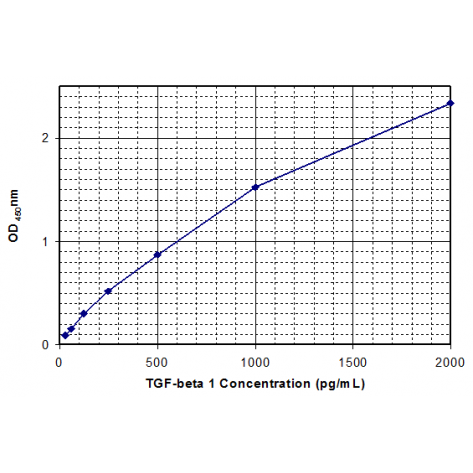
Reviews
There are no reviews yet.